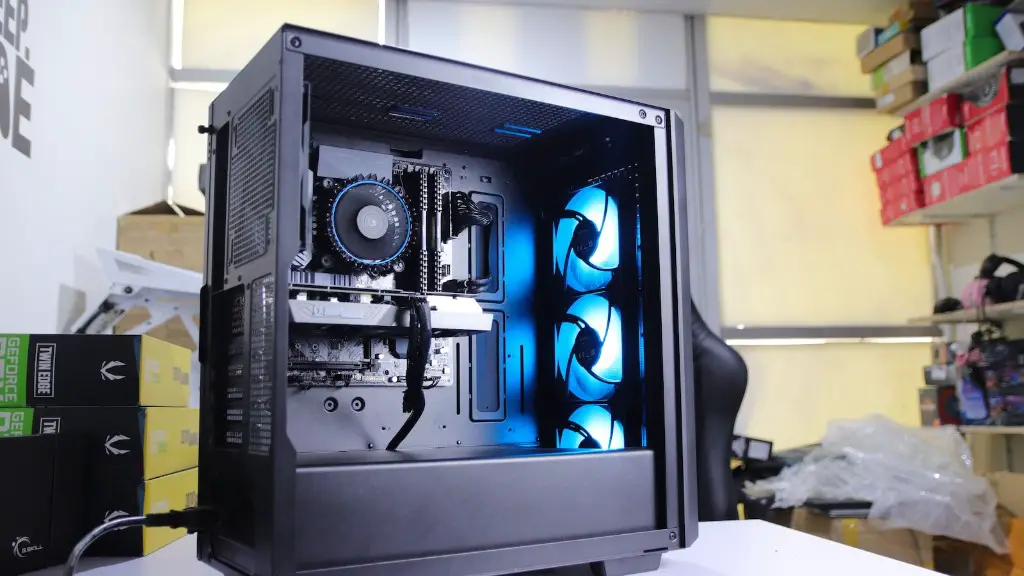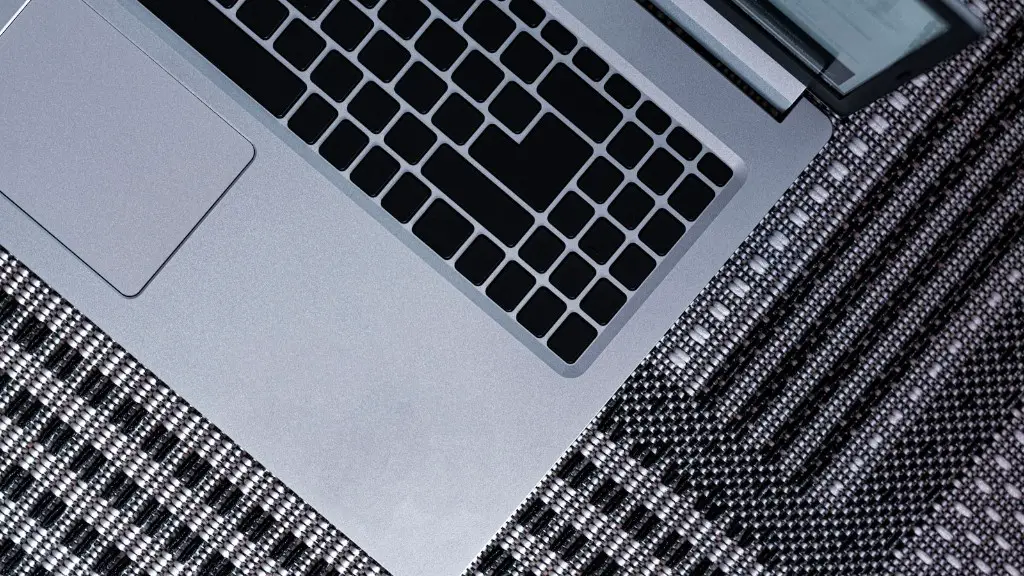For gamers, identifying a bottleneck in their PC setup can be perplexing. However, it is possible to diagnose the bottleneck with several methods. Firstly, one should consider the video card, CPU, and RAM. If the video card is inferior to the CPU and RAM, it will be the bottleneck in the system. Secondly, another method to identify a bottleneck is to observe CPU and RAM utilization while gaming. If one notices poor fps while gaming, then it could simply be due to low RAM utilization or to a slow CPU. Thirdly, one should also determine what type of bottleneck is present. If the CPU and RAM are both being utilized optimally, then it could be due to the video card being the bottleneck. Fourthly, analyze benchmark results. Compare benchmark results for the system at hand to other gaming PCs with similar specs. Last but not least, go to a tech-savvy friend for advice. Experienced gamers usually have a good idea of what can pose a bottleneck to a gaming PC.
Comparing Systems with Similar Specs
Comparing the gaming PC in question to other gaming PCs with similar specs is a great way to give a more accurate picture of the bottleneck. It helps to compare video card, CPU, RAM, and other system components to rule out what is causing the bottleneck. Doing this, will provide a good indication of how much of a performance difference the gaming PC should be able to produce versus another gaming PC. Also, it is important to consider the video card version. Newer video card versions are typically more powerful than older versions, thus this should be factored in when running benchmarks. As an example, newer Nvidia 20-series cards perform better than older 10-series cards. Lastly, the games being played should also be analyzed. Certain games are more CPU-intensive or RAM-intensive than others. Keep in mind that different games will benefit from different hardware specs.
Shopping for Upgrades
Once a bottleneck is identified, shopping for an upgrade is the next step. If the bottleneck lies in the RAM for example, then increasing it will likely be the most direct solution. It typically does not take much to remedy a RAM bottleneck. However, upgrading CPU and video cards is a more expensive affair and should be researched extensively before purchase. When shopping for a video card, the average fps should be the determining factor. A minimum acceptable fps should be established, and all cards should be benchmarked before purchase. Also, pay attention to the minimum power supply wattage and cooling capabilities needed to run the video card. If the existing power supply and cooling systems are unable to support the video card, more upgrades will be necessary. Furthermore, assume older parts will need to be replaced when upgrading. Be sure to budget accordingly.
Benchmarking
One staple of diagnosing a bottleneck is benchmarking the system. Benchmarking can be done with any of the top gaming benchmarking platforms such as 3DMark or Unigine. Running various tests helps to identify weak components in the PC setup. Furthermore, running benchmarks with different configurations can provide a better picture of a system’s capabilities. A CPU bottleneck for example can be identified by running a benchmark with the CPU at stock speeds, then again at overclocked speeds. For each situation, compare the results to benchmarks of comparable systems. If a big difference is noticed between overclocked speeds and stock speeds, then the CPU is likely the bottleneck.
Troubleshooting
To help get an accurate buildup of the system, it is useful to refer to device logs. Audit all components of the system, and check each individually for clock speed, read/write speed, and any other viable metrics. Stress tests are another great option. Load up a game and crank all the settings to maximum, then monitor the performance over a longer period of time. Keep an eye on CPU and RAM usage graphs, as bottlenecks will show up in the form of low numbers. If the readings are different from what is expected, then the performance would likely be improved with an upgrade in that particular area. Lastly, uninstalling or disabling unnecessary programs, extensions, and services can help improve performance.
Managed Applications
Managed applications, such as overclocking software, can help ease the process to finding the bottleneck. These applications overclock and monitor the gpu, cpu, and ram, making it much easier to identify the bottleneck. Benchmarking can still be done for a more accurate picture, but managed applications provide an easier solution. They generally include options to overclock each component and give the user visual feedback in the form of graphs and metrics. These tools are especially useful for advanced gamers, as they make diagnosing a bottleneck much more straightforward. As an added bonus, managed applications can also automate the overclocking process, giving gamers more time to enjoy their games.
Hardware Diagnostics
Hardware diagnostics are an important part of diagnosing a bottleneck. Regularly running hardware diagnostics on one’s gaming pc will help to identify any potential weak components early on. These diagnostics come in the form of tests and utilities that measure CPU, RAM, and other system components. Benchmark results can be compared to other systems to get a more accurate evaluation. A few common tests and utilities include CPU-Z, Core Temp, GPU-Z, and GTmetrix. These tools record and provide feedback on average temperatures, power draw, and performance percentage. As an example, Core Temp measures how much power is being drawn from the CPU and reports on the temperature in real-time.
Software Solutions
In addition to hardware diagnostic tools, software solutions, such as game booster, can help to reduce the bottleneck and improve performance. This software will detect which games are installed and optimize the settings for maximum performance. Anti-virus and anti-malware software can also be used to protect from malware, viruses, and other threats. In addition, run a disk defragmenter monthly to clear out unnecessary files and reorganize disk usage. Furthermore, a PC cleaner can be used to clear out the cache and invalid registry entries. Ultimately, the best strategy is to always ensure the components of the PC are up to date and running the latest drivers. This will make it easier to identify the bottleneck and will make the gaming experience more enjoyable.

